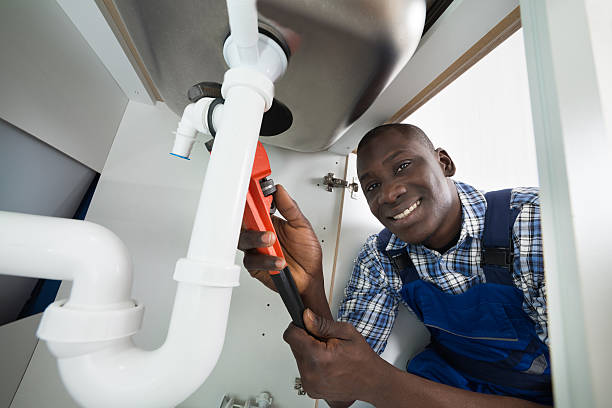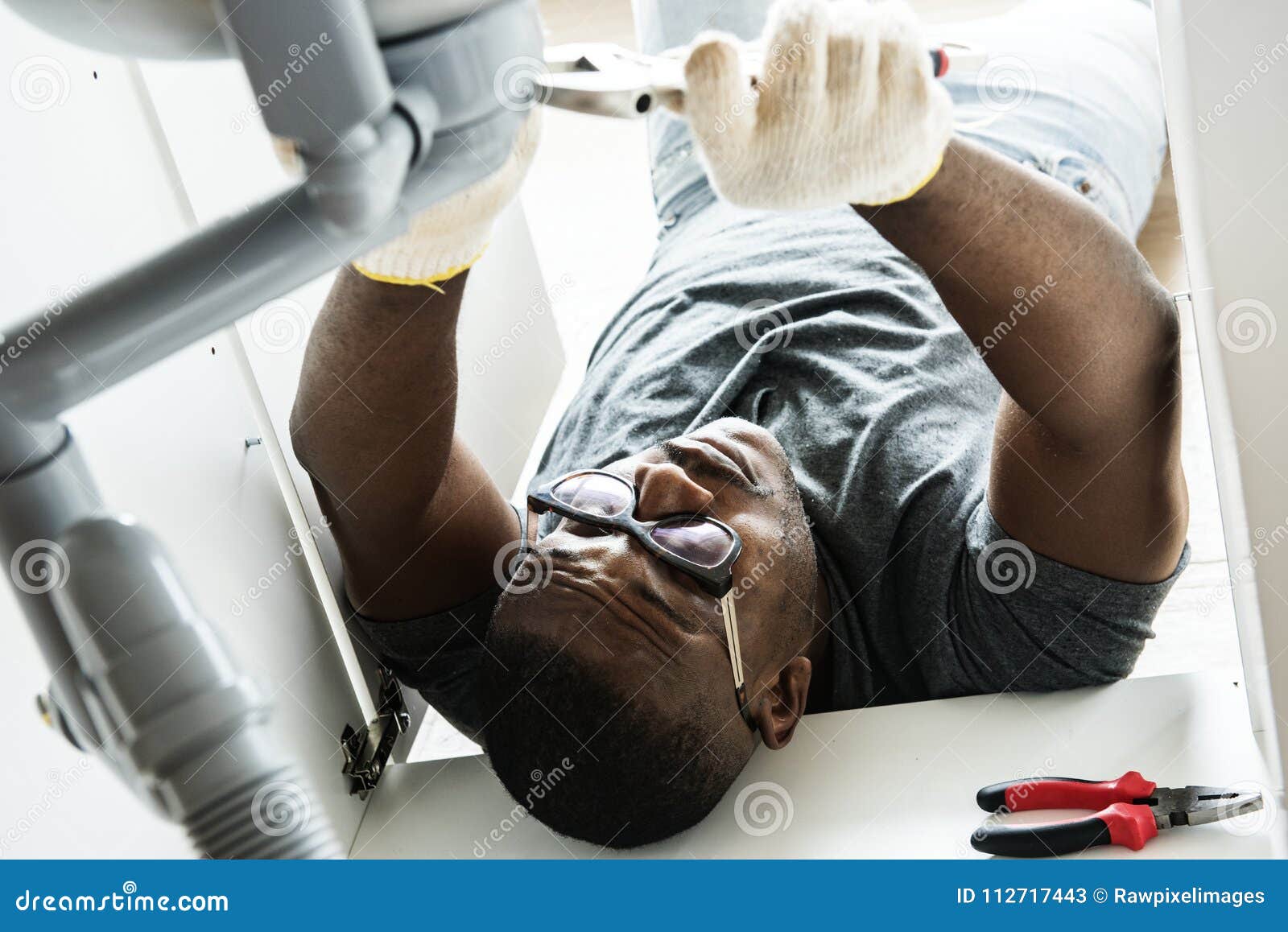High Quality Water Heater Installation Alabaster AL for Optimal Comfort
High Quality Water Heater Installation Alabaster AL for Optimal Comfort
Blog Article
A Step-by-Step Guide to Effective Water Heater Installment for Optimal Efficiency
Starting the job of mounting a hot water heater is an endeavor that demands precision and an organized approach for achieving optimal performance. The procedure starts with the important decision of picking the ideal heating system customized to the specific requirements of your house, taking into consideration aspects such as kind, size, and energy resource. Once picked, preparing the installation area to meet security criteria is vital. However, the trip does not finish below. As you proceed, the ins and outs of attaching water supply lines and establishing up reliable electric or gas links await, encouraging understandings into making certain effectiveness and dependability.
Choosing the Right Water Heater

Next, consider the dimension and capability of the hot water heater. It's important to examine your family's warm water requirements, which can differ based on the variety of residents and their use patterns. A system that's also small may bring about inadequate warm water, while a large version might result in unnecessary energy intake.
Effectiveness rankings additionally play a critical role in option. Try to find hot water heater with high Energy Element (EF) scores, showing exceptional efficiency and reduced energy usage. Tankless models, though commonly a lot more costly in advance, deal significant power savings gradually due to their on-demand home heating abilities.
Preparing the Installment Location
Before installing a new water heating system, careful preparation of the installation area is crucial. It's essential to measure the space thoroughly to suit the water heater's dimensions, guaranteeing ample clearance around the device for effective operation and maintenance.
Examine the floor for security, as the water heating unit will need a strong, level surface area to operate effectively. If necessary, set up a drip pan below the device to capture potential leaks or spills, preventing water damages to the surrounding area.
In addition, ensure that all necessary devices and materials are on hand before beginning the installment. This includes products such as wrenches, screwdrivers, a degree, and any type of extra equipment required for installing and safeguarding the heating system. A well-prepared installation location establishes the foundation for a successful water heating unit setup, enhancing performance and safety and security.
Connecting Water System Lines
When linking water system lines to your freshly set up hot water heater, it is vital to make certain that all links are leak-free and safe to maintain reliable procedure and avoid water damage. Begin by determining the cool and warm supply of water lines. The cool water inlet is commonly noted with a blue tag or a "C", while the hot water outlet is noted with a red label or an "H".
Use adaptable water heater ports to promote an easier installation procedure. Before affixing the connectors, put a plumber's tape around the threaded ends of the water heating unit's inlet and electrical outlet pipes.
As soon as links are in place, slowly switch on the major water supply valve. Evaluate each link for leakages by visually feeling and inspecting for wetness. Tighten links as essential, and make certain the stress safety valve is appropriately set up, safeguarding against too much pressure accumulation.
Establishing Up Electrical or Gas Links
Appropriately establishing the electrical or gas links for your water heater is a critical action to guarantee risk-free and efficient procedure. For electrical hot water heater, start by validating that the electric circuit is compatible with the heater's voltage and amperage needs. Make Look At This certain the power supply is shut off at the breaker to avoid accidents. Link the electric cables to the heating system complying with the manufacturer's circuitry representation. Usually, this includes attaching the ground cord to the eco-friendly terminal, and the continuing to be cables to their corresponding terminals, protecting each with wire nuts.
For gas hot water heater, safety is critical. Verify that the gas supply is off before continuing. Link the gas line to the hot water heater making use of a versatile gas connector, ensuring it is appropriately threaded and sealed with pipe joint substance or Teflon tape ideal for gas connections. Tighten the connections with a wrench, making sure not to over-tighten (Drain Cleaning Alabaster AL).
Once links are made, check for any kind of prospective leakages. For gas lines, apply a soapy water option to the joints; bubbles indicate a leak. For electrical connections, double-check that all wiring is safe and secure and correctly insulated, maintaining conformity with neighborhood electric codes.
Examining and Changing for Performance
With the electrical and gas links safely in place, the following step is evaluating the operational efficiency of your hot water heater. Begin by meticulously activating the water system and ensuring there are no leakages at any one of the joints or valves. When verified, continue to load the container, paying attention to the stress and temperature settings. It is suggested to set the thermostat to an Source advised temperature level of around 120 ° F(49 ° C) to stabilize energy effectiveness and comfort.
Next, do an extensive assessment to guarantee the home heating elements or burner are operating properly. For electrical heating systems, utilize a multimeter to validate if the elements are drawing the suitable present. In gas models, observe the heater fire; it should be stable and blue, indicating efficient combustion.
Readjust the settings as required to get rid of inadequacies. Think about implementing insulation steps, such as adding a hot water heater covering, to better enhance performance by reducing heat loss. Additionally, examine the anode rod's condition, as a tatty rod can lower efficiency and result in tank corrosion.
Final Thought
Effective water heating system installation is critical for making sure optimum performance and power cost savings. Securely linking water supply lines and thoroughly establishing up electric or gas links click this site minimize potential issues.

Properly establishing up the electric or gas connections for your water heating unit is a critical action to make certain risk-free and effective procedure. For electric water heating units, start by confirming that the electrical circuit is suitable with the heating system's voltage and amperage demands. Connect the gas line to the water heater using an adaptable gas adapter, guaranteeing it is properly threaded and secured with pipeline joint substance or Teflon tape ideal for gas connections.
Report this page